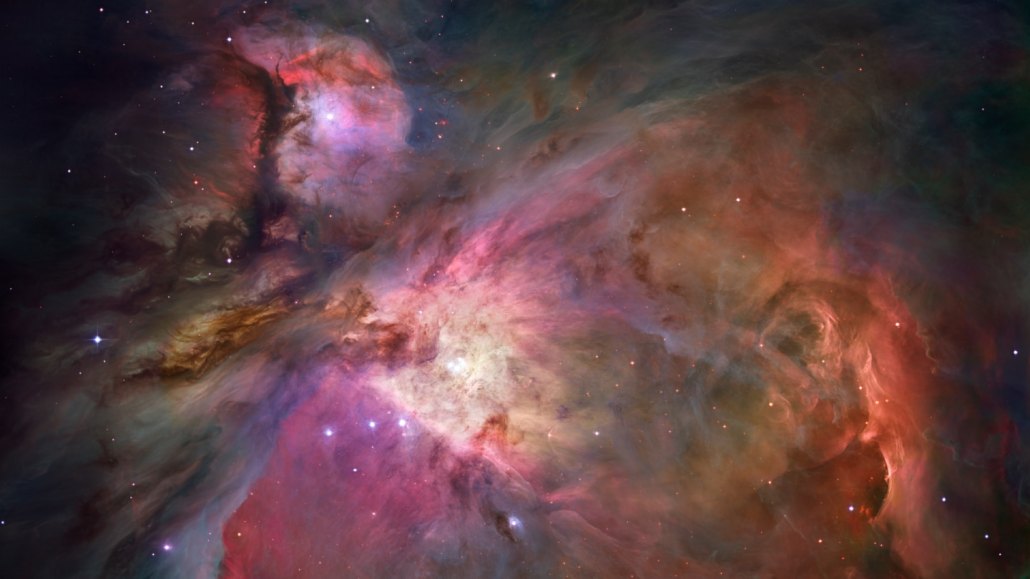
Simple sugar acids crucial for cell metabolism could form in star-forming regions like the Orion Nebula (pictured), lab experiments suggest. Advanced telescopes could be used to search for these biomolecules.
NASA, ESA, Massimo Robberto/STScI and ESA, Hubble Space Telescope Orion Treasury Project Team







